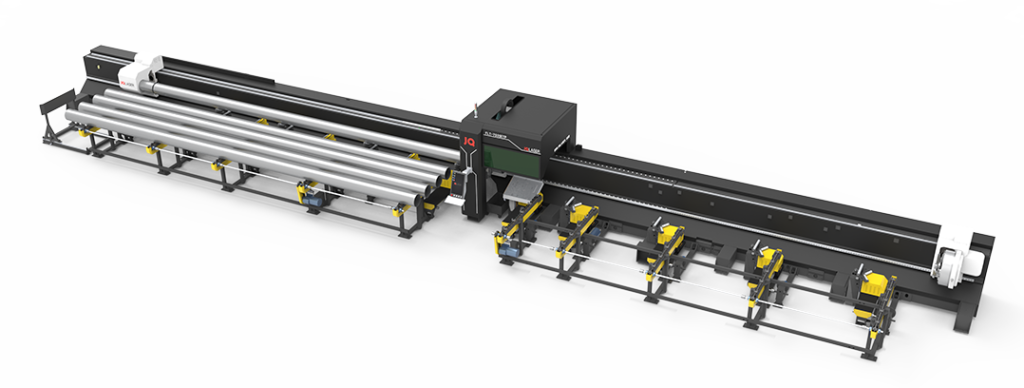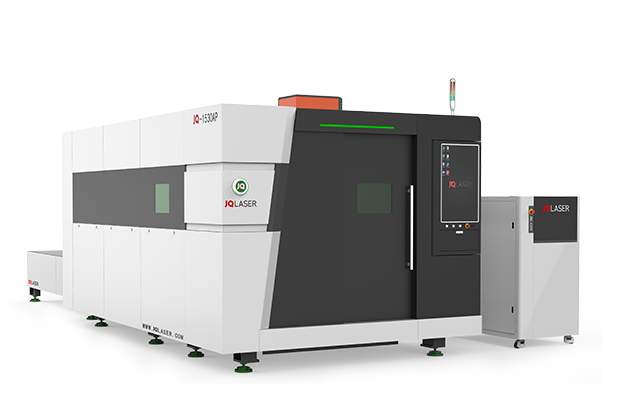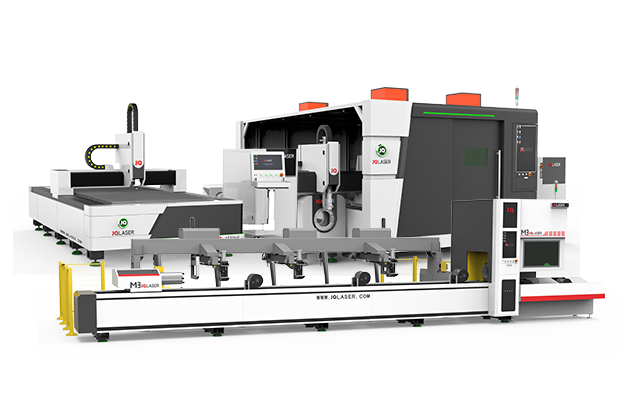Introduction
Fiber laser cutting machines are used in many industries to cut metal and other materials. They are highly accurate and fast cutting machines, capable of cutting metal sheets up to a maximum thickness of 20mm. Fiber lasers are a relatively new technology and offer many benefits over traditional cutting methods such as plasma, water jet and laser cutting. They are more efficient and provide a higher quality cut with less material waste. They also require less maintenance and are more economical than other cutting methods. In this article, we will discuss the maximum thickness for metal sheet that fiber laser cutting machines can cut.
What You Need to Know About Laser Cutting Metal Sheets
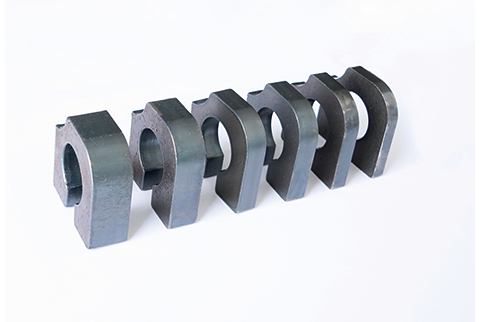
Laser cutting metal sheets is a popular method of metal fabrication that has many advantages over traditional cutting techniques. This process uses a high-powered laser to cut through metal sheets with precision and accuracy. Laser cutting is a very cost-effective method for cutting metal sheets and can be used for a variety of applications, such as creating intricate shapes or cutting intricate patterns.
Laser cutting is a highly accurate process that eliminates the need for additional machining and finishing processes. The laser beam is much narrower than other cutting tools, so it can make precise cuts without leaving burrs or sharp edges. Additionally, the laser beam can be focused on a very specific area of the material, which allows for greater precision and accuracy.
The speed of laser cutting also makes it a cost-effective solution for many projects. Laser cutting machines are able to cut through metal sheets at speeds of up to 6,000 inches per minute. This speed allows for much faster production times, which can save time and money for businesses.
Laser cutting also produces little to no material waste. The laser beam is so powerful that it is able to cut through metal sheets without leaving behind any excess material. This makes it an efficient and cost-effective solution for metal fabrication.
Finally, laser cutting is a very safe process. The laser beam is contained within the machine, so there is no risk of sparks or heat. Additionally, the laser beam is completely invisible, so there is no risk of eye damage.
Benefits of Using Fiber Laser Cutters for Cutting Metal Sheets
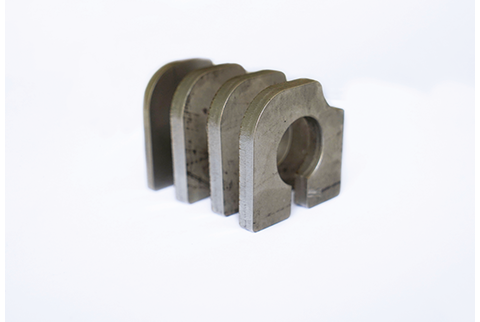
Fiber laser cutters use a laser beam to cut through metal sheets, providing a more precise and efficient cutting process. Here are the primary benefits of using fiber laser cutters for cutting metal sheets:
- High Precision: Fiber laser cutters are capable of producing highly precise cuts with a minimum of 0.02 mm accuracy. This level of precision is difficult to achieve with traditional methods, allowing for greater control over the final product.
- High Speed: Fiber laser cutters are considerably faster than traditional methods, allowing for significantly faster production times. This can help reduce costs and improve efficiency.
- Versatility: Fiber laser cutters are capable of cutting a wide variety of metals, such as steel, aluminum, brass, and copper, as well as non-metals such as wood and plastics. This makes them suitable for a wide range of applications.
- Cost Effective: Fiber laser cutters are more cost-effective than traditional cutting methods, as they require less labor and energy. This can help to reduce production costs and increase profitability.
- Low Maintenance: Fiber laser cutters require minimal maintenance and can be operated for extended periods of time without interruption. This helps to reduce downtime and increase productivity.
How to Ensure Maximum Thickness When Laser Cutting Metal Sheets
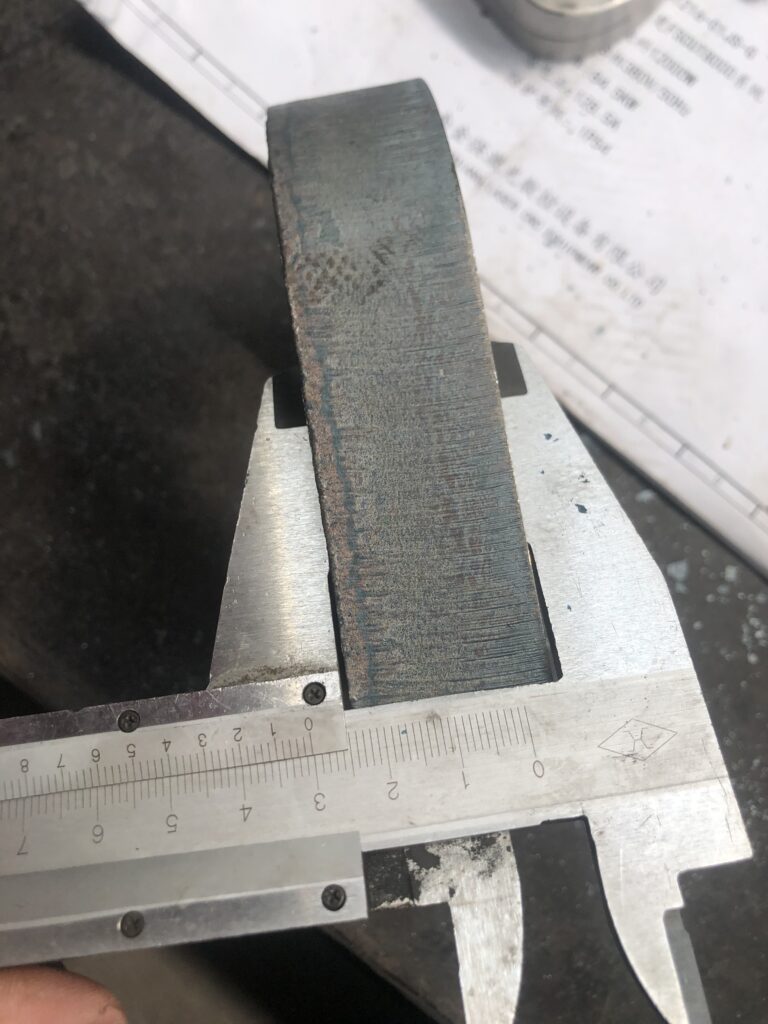
To ensure maximum thickness when laser cutting metal sheets, there are several steps that should be taken, such as selecting the correct laser power, choosing the correct type of material, and controlling the speed and focus of the laser beam.
First, selecting the correct laser power is essential for obtaining maximum thickness when laser cutting metal sheets. The laser power should be adjusted to the thickness of the metal sheet. If the power is too low, the laser will not penetrate deep enough into the sheet and the edges of the cut will be too thin. If the power is too high, the sheet may be damaged and the edges of the cut may be too thick.
Second, selecting the correct type of material is important for maximum thickness. Different metals, such as stainless steel and aluminum, have different melting points, so the laser power must be adjusted accordingly. Additionally, the thickness of the material should be taken into account when selecting the correct laser power.
Third, controlling the speed and focus of the laser beam is also essential for maximum thickness when laser cutting metal sheets. The speed of the laser beam should be adjusted to the thickness of the material and should be kept at a consistent rate. Additionally, the focus of the laser beam should be adjusted to the thickness of the material and should remain constant.
Finally, some laser cutting machines come with an auto-focus feature, which is beneficial for controlling the focus of the laser beam. This feature should be used if available to help ensure maximum thickness when laser cutting metal sheets.
The Basics of Laser Cutting Machines and Metal Sheet Thickness
Laser cutting machines use lasers to cut through the metal sheet and create precise and intricate designs. The laser is a powerful beam of light that is focused into a narrow beam, allowing it to cut through the metal with ease.
The thickness of the metal sheet that can be cut by a laser cutting machine will depend on the type of laser being used. Some lasers are better suited for cutting thicker sheets of metal, while others are better for cutting thinner sheets. Generally, laser cutting machines can cut through metal sheets that are up to 0.5 inches thick.
The laser cutting process is also very precise. When cutting metal sheets, the laser beam is guided by a computer system, which ensures that the cuts are accurate and consistent. This helps to reduce material waste and ensures that the cut pieces meet the desired specifications.
In order to get the best results, the metal sheet must be properly prepared before cutting. This includes ensuring that the metal is clean and free of dirt and dust, as well as ensuring that it is level and flat. Additionally, the metal should be the correct thickness for the laser to be able to cut through it without damaging the material.
Laser cutting machines are a great way to create intricate and precise designs from metal sheets. With the proper preparation, these machines can produce high-quality results with minimal material waste.
The Pros and Cons of Using Fiber Laser Cutters for Metal Sheets
Fiber laser cutters are becoming increasingly popular in the fabrication and manufacturing industries as a powerful and efficient method of cutting metal sheets. The technology has many benefits and drawbacks that should be considered before making the decision to use them.
Pros
Fiber laser cutters are incredibly precise, making them ideal for intricate and detailed cutting tasks. They can cut through materials in a fraction of the time that traditional cutters would require, resulting in significantly shorter production times and costs. Additionally, fiber laser cutters are capable of cutting through thick metal sheets with ease, enabling them to create superior quality cuts compared to alternative methods.
The fiber laser cutter is also an environmentally friendly option. The technology does not require the use of any coolants or other hazardous chemicals, making it a safe and sustainable choice. Additionally, the process produces minimal waste and no hazardous fumes, reducing the environmental impact of the manufacturing process.
Cons
The initial cost of a fiber laser cutter is significantly higher than that of traditional cutting methods. Additionally, the machines require a higher level of skill and expertise to operate, making them more difficult and time consuming to use. Furthermore, fiber laser cutters require regular maintenance and repairs in order to remain in working order, which can result in additional costs.
The Latest Advances in Fiber Laser Cutting Machines for Metal Sheets
Fiber laser cutting machines have revolutionized the metal sheet industry, providing greater power and accuracy than ever before. In recent years, the technology has advanced further, resulting in faster cutting speeds and improved cutting quality. These advances have made fiber laser cutting machines invaluable for a variety of applications, from automotive manufacturing to aerospace production.
In terms of speed, fiber laser cutting machines can now achieve cutting speeds of up to 3,000 inches per minute (IPM) for thinner sheets, and up to 1,500 IPM for thicker sheets. This is significantly faster than traditional CO2 laser machines, which can typically only achieve speeds of up to 600 IPM. It’s also faster than many competing technologies, such as plasma cutting, which can only reach speeds of up to 200 IPM.
Fiber laser cutting machines are also capable of cutting extremely precise parts with minimal kerf widths. This is due to the high-powered laser beam, which is capable of generating smaller spot sizes than traditional CO2 lasers. This results in higher cutting edge quality and accuracy.
Finally, fiber laser cutting machines are capable of cutting a variety of materials with ease. This is due to the laser beam’s ability to rapidly heat and vaporize the material, allowing for easy cutting of metals such as stainless steel, aluminum, and brass. In addition, the laser beam can be used to cut plastics and other non-metallic materials.
Conclusion
The maximum thickness for metal sheet that fiber laser cutting machines cut is determined by the power of the laser and the material being cut. Generally speaking, these machines can cut metal up to 1″ thick. However, some machines can cut materials up to 6″ thick with the right settings. Ultimately, the maximum thickness for metal sheet that fiber laser cutting machines cut will depend on the specific machine being used.

